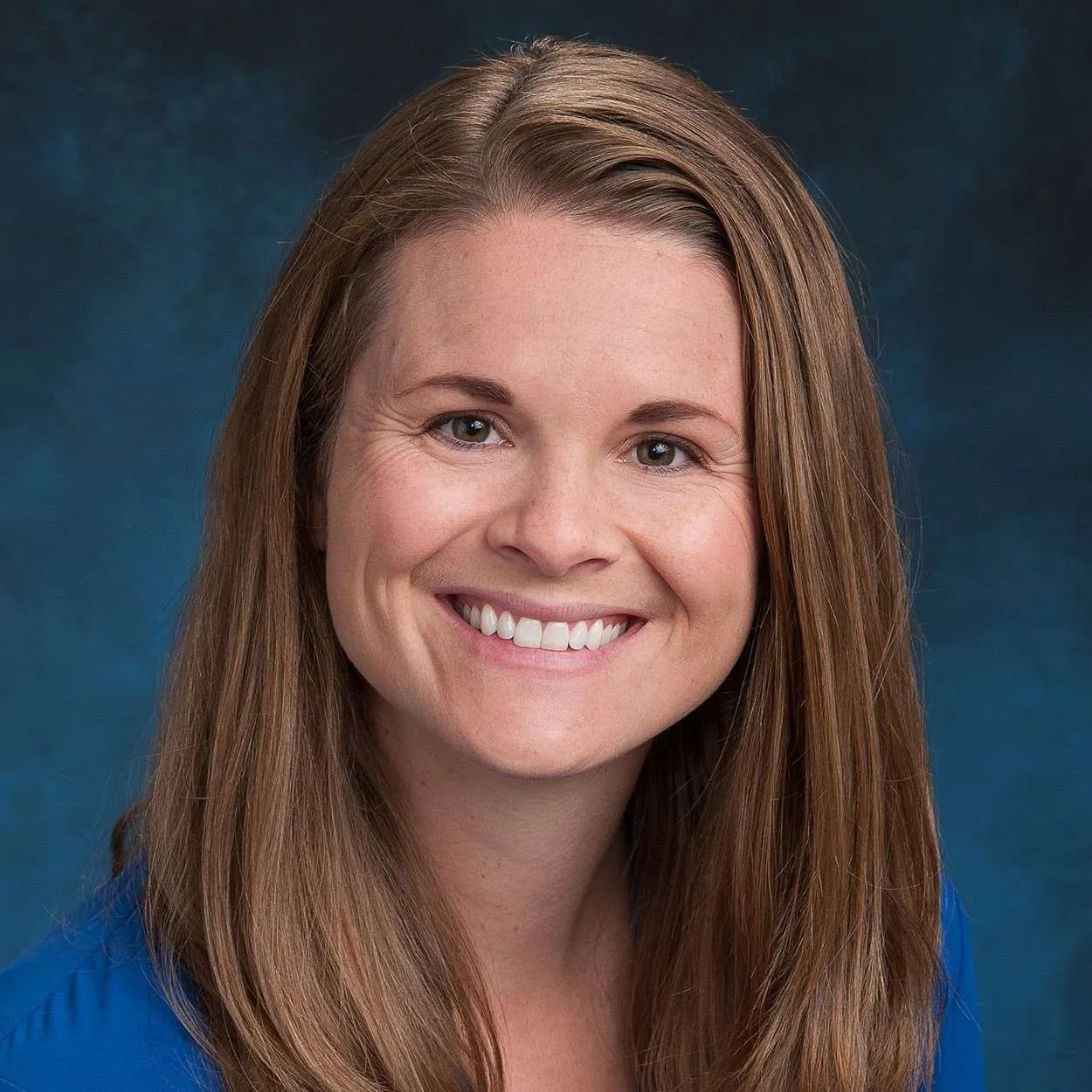As a clinical professor at my state’s medical school, I frequently have medical students seeing patients with me in clinic. While the majority of patients are happy to allow student involvement, some decline. This makes me wonder what misconceptions lead patients to be averse to trainees participating at their clinic visits or hospital bedsides. In my experience, the presence of learners has a positive influence on our work in the clinic and hospital.
Medical education is a complex, highly intensive program that requires years of education and practice. Most medical students are college graduates who performed well in their undergraduate studies and went above and beyond their peers in volunteering, extracurricular activities, and other achievements. After college, some go directly to medical school, and some have variable years of other experiences.
Traditionally the first two years of medical school take place in the classroom, learning about anatomy, physiology, disease processes, microbiology, and pharmacology. The third and fourth years are spent almost entirely in the clinical setting, seeing patients, and learning how to apply their hard-earned knowledge.
After medical school, new doctors go on to their residencies to receive further training in their chosen specialty; and after that, some continue to fellowship. This postgraduate training is rigorous. After at least three but sometimes many more years, those physicians will be ready to practice independently in their specialty.
Recently a student and I saw a patient with leg pain and swelling. After the student’s evaluation, we discussed in the patient’s presence what features of this patient’s pain concerned me for an urgent condition, how we should proceed with diagnostics, and why. The patient was able to observe how much thought went into our assessment, and hopefully the patient appreciated serving as teacher.
When I as an attending physician have a student or resident in my clinic, I am at my best. Students are caring and thorough with our patients. Teaching often requires me to talk about a new diagnosis or treatment in greater detail, and the patient reaps the benefit of hearing that discussion. It is not uncommon for a student to ask me a question to which I don’t know the answer, and ultimately both of us learn something new.
I would encourage patients, when they encounter trainees in their medical care, to view these compassionate and hardworking people as I do: a true complement to patient care. All physicians are life-long learners and are exceedingly grateful for our patients, who are our greatest teachers.
Kelly Evans-Hullinger, M.D. is part of The Prairie Doc® team of physicians and currently practices internal medicine in Brookings, South Dakota. Follow The Prairie Doc® at www.prairiedoc.org and on Facebook featuring On Call with the Prairie Doc® a medical Q&A show celebrating its twentieth season of truthful, tested, and timely medical information streaming live on Facebook most Thursdays at 7 p.m. central.
-0-
The student doctor; a complement to patient care
Prairie Doc® Perspectives



